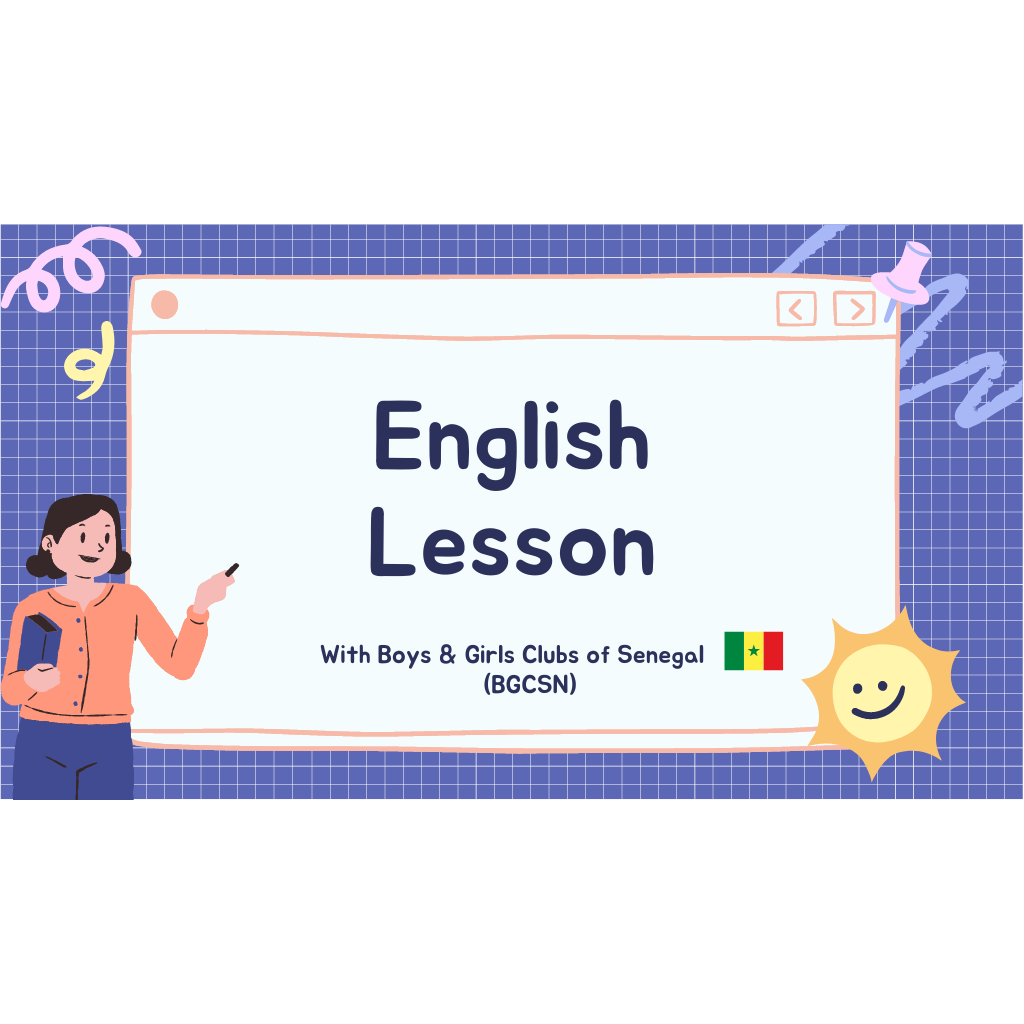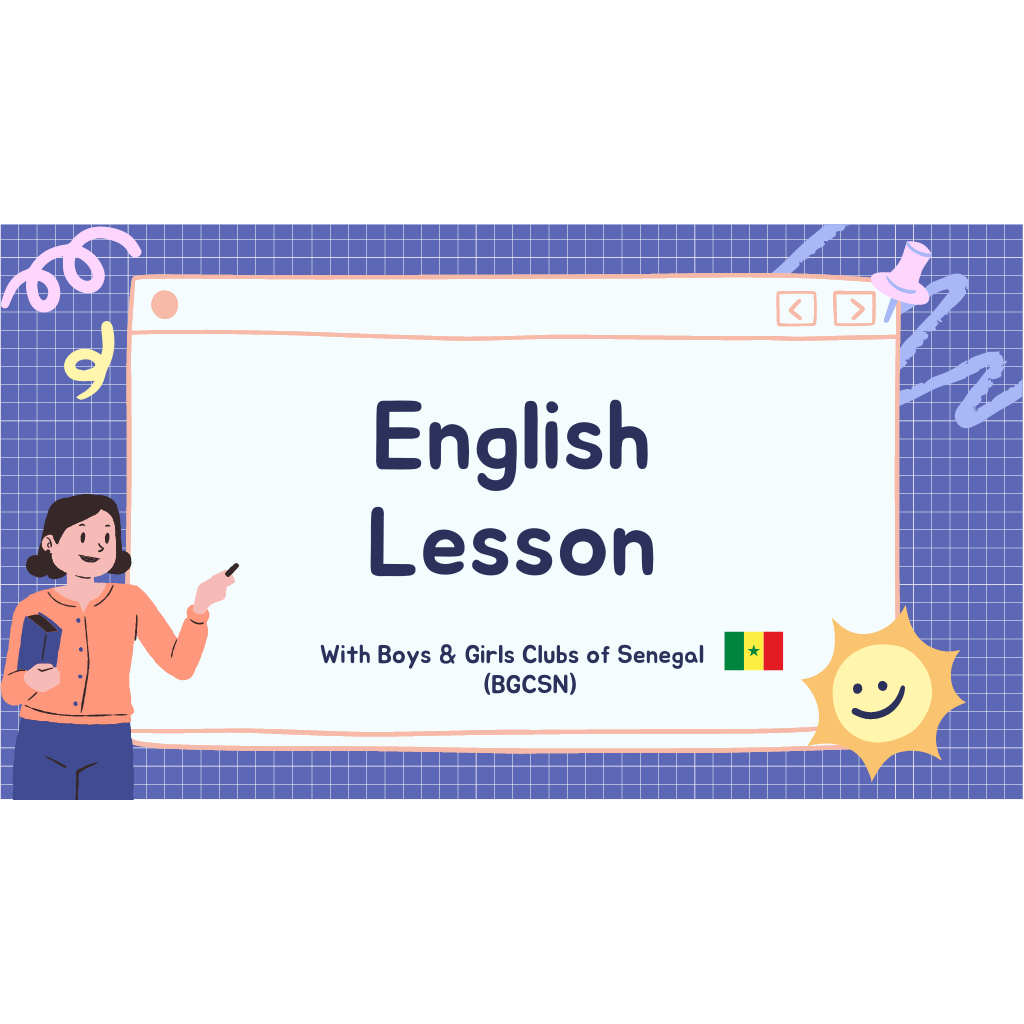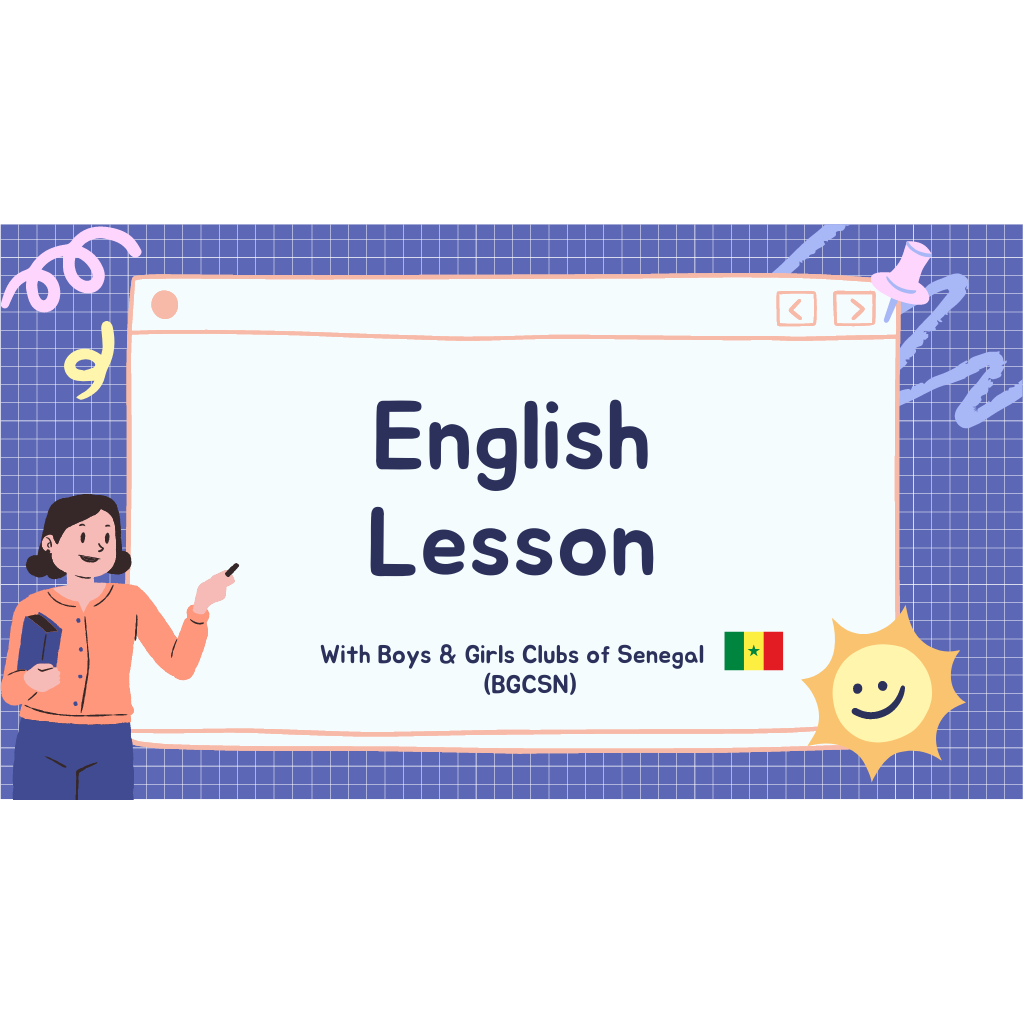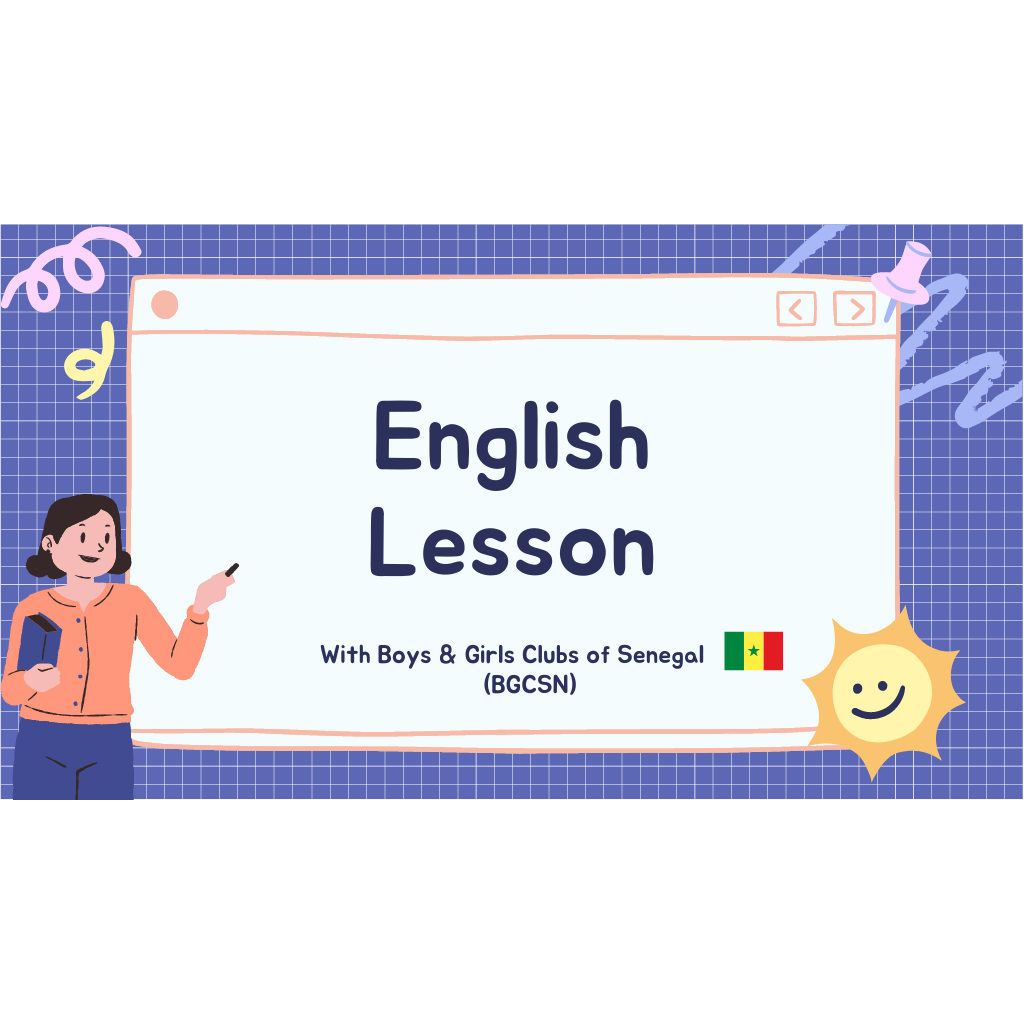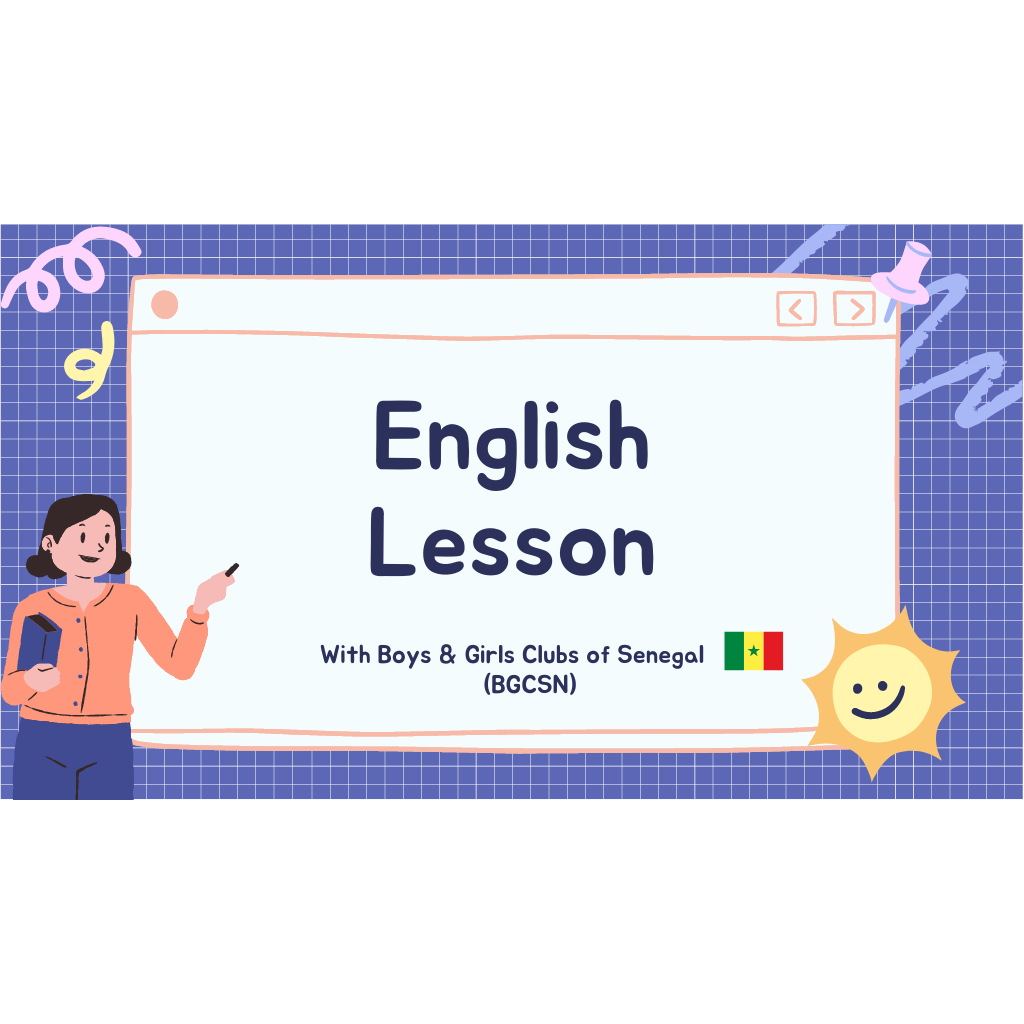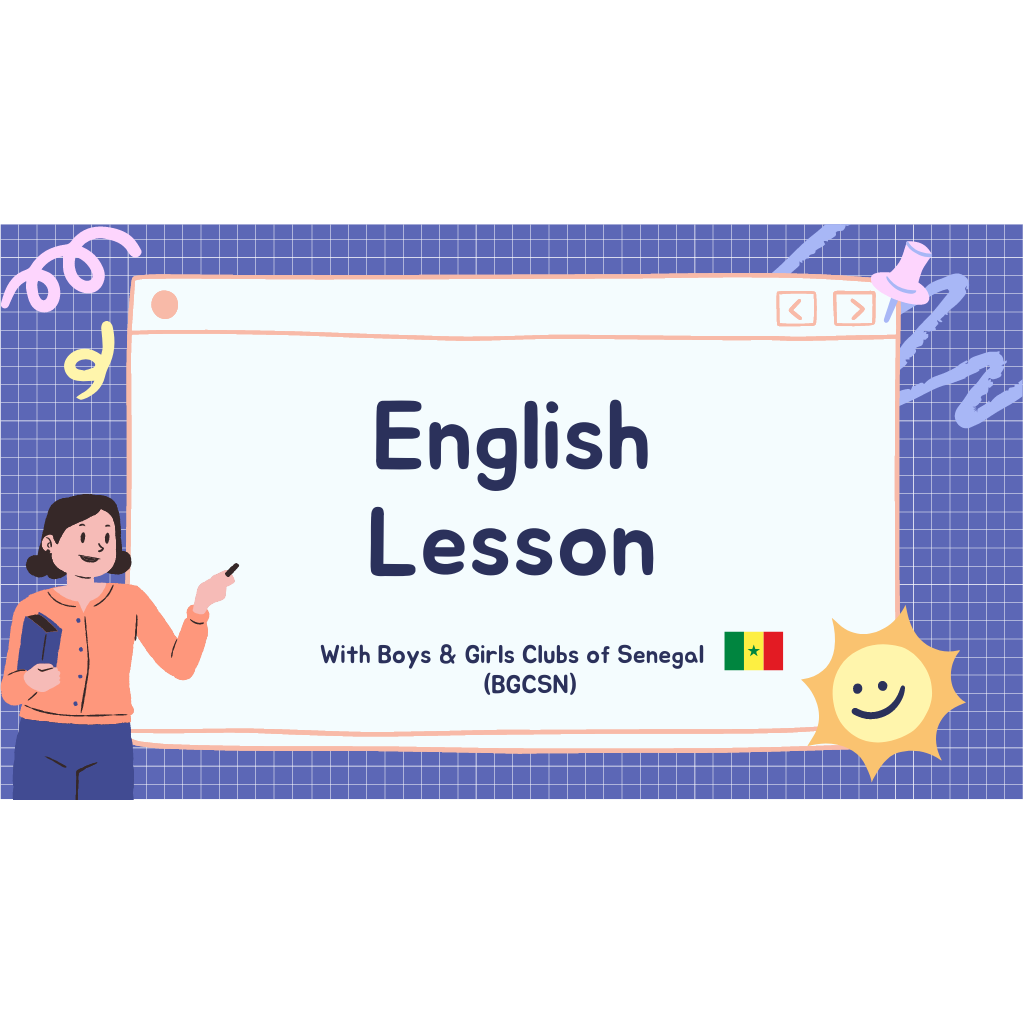Unlock Your Verbal Potential: Expanding Your Vocabulary with Suffixes
Do you want to unlock your verbal potential and expand your vocabulary with ease? Suffixes are a powerful tool that will help you do just that! A suffix is a word formation process used to create a new word from an existing root word, usually by adding an ending letter or group of letters to the end of the original word. Suffixes can be added to a wide variety of words and can lend various meanings and uses to a previously existing word. Let’s take a look at some examples.
If you add the suffix “-able” to “accept,” you form the word “acceptable,” meaning ”capable of being accepted”. Similarly, you can add “-al” to “propose” and form the word “proposal,” which means a “plan or suggestion put forward for consideration or discussion.”
The suffix “-ment” can be added to “entertain” to make the word “entertainment,” meaning “the action of providing or being provided with amusement or enjoyment.” On the other hand, adding “-ly” to the word “happy” creates the word “happily,” which means “in a glad manner.”
By using suffixes to modify existing words, you can expand your vocabulary and unlock your verbal potential. So, the next time you come across a word you don’t know, try adding some suffixes and see what happens! Improve Your Vocabulary With Suffixes
As non-native English speakers, expanding our vocabulary is an essential aspect of learning the language. One effective way to enhance our understanding of English is by incorporating suffixes into our daily language practice. Suffixes are word parts that are added to the end of a base word to create a new word with a different meaning. By familiarizing ourselves with common suffixes and their meanings, we can significantly enrich our vocabulary and improve our overall communication skills.
Suffixes can greatly alter the meaning of a word, allowing us to express ourselves more precisely. For example, let’s consider the common suffix “-er.” When added to a verb, such as ”write,” it transforms into the noun “writer,” indicating a person who writes. By learning this suffix, we can easily create and understand a wide range of related words such as ”reader,” “speaker,” or “teacher.” Similarly, the suffix “-ness” can turn adjectives into nouns. For instance, “happy” becomes “happiness,” “bright” becomes “brightness,” and “kind” becomes ”kindness.”
Another productive suffix to explore is “-able” or “-ible,” which can be added to a verb or an adjective to create an adjective meaning “capable of” or “able to be.” For example, the verb “understand” becomes “understandable,” suggesting that something can be understood. Similarly, the adjective “visible” turns into “visible,” indicating that something is capable of being seen. By recognizing this suffix, we can easily extend our vocabulary in various contexts.
Additionally, the suffix “-ment” is useful for transforming verbs into nouns by indicating an act, process, or result. For instance, the verb “develop” becomes “development,” “agree” becomes “agreement,” and “achieve” becomes “achievement.” By acquiring this suffix, we enhance our ability to express concepts and ideas effectively.
The suffix “-ful” is another valuable addition to our vocabulary toolkit, serving as an adjective suffix meaning “full of” or “having.” For example, “hope” becomes ”hopeful,” “wonder” becomes “wonderful,” and “beauty” becomes ”beautiful.” This suffix allows us to easily convey emotions, qualities, or characteristics.
Lastly, the suffix ”-ly” is crucial for creating adjectives and adverbs from adjectives and nouns. When added to an adjective, it transforms into an adverb. For example, “quick” becomes “quickly,” “happy” becomes ”happily,” and “slow” becomes “slowly.” By mastering this suffix, we can effectively communicate the manner or way in which something occurs.
By incorporating suffixes into our language learning journey, we not only expand our vocabulary but also improve our written and spoken English. Make it a habit to identify and analyze suffixes in the words you encounter. Aim to use these suffixes in your daily conversations and written assignments. Regular practice with suffixes will undoubtedly enhance your language skills and allow you to express yourself with greater precision and fluency. So, let’s embrace the power of suffixes and continue on our path to English language proficiency!
Congratulations! You’ve just taken the first step in unlocking your potential for greater verbal command. Suffixes are a great way to expand your vocabulary and open up new possibilities for expressing yourself. Whether you’re just starting your language journey or you’re an experienced wordsmith, unlocking your verbal potential has never been easier. So grab your dictionary, and go forth into the world of rich communication!
